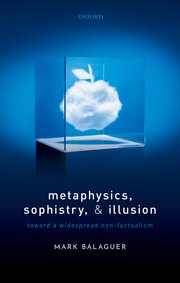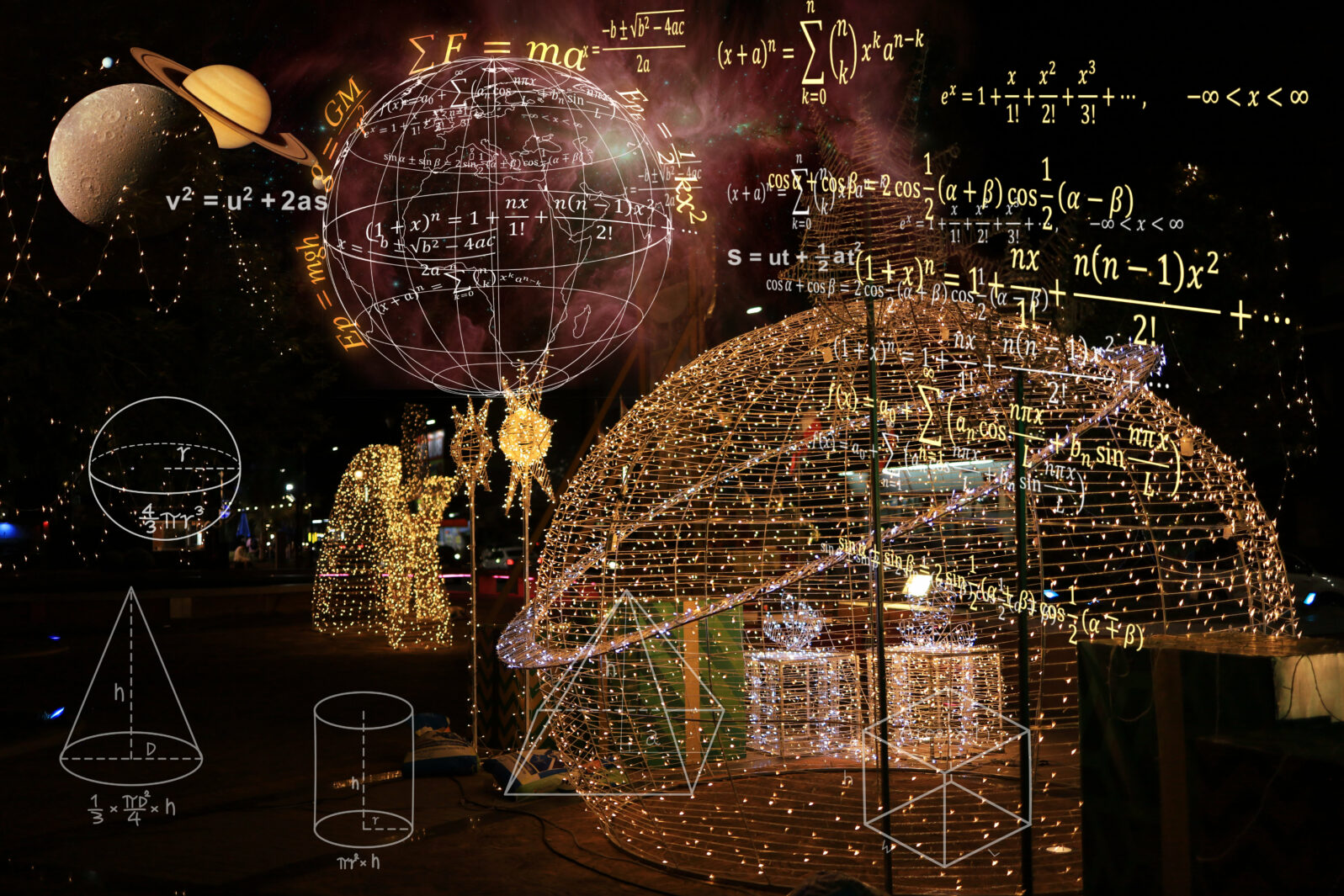Does Mathematics Belong to an Eternal Realm?
In a recent episode of Closer to Truth, Robert Lawrence Kuhn hosted California State University philosophy professor Mark Balaguer, who defended the proposition that mathematics belongs to an eternal realm. This realm is frequently referred to as the Platonic realm, after the philosopher Plato (approx 424– 348 BC) who first espoused the idea.
From the introduction to “Mark Balaguer – Is Mathematics Eternal?” (January 12, 2023);
Mathematics is like nothing else. The truths of math seem to be unrelated to anything else—independent of human beings, independent of the universe. The sum of 2 + 3 = 5 cannot not be true; this means that 3 + 2 = 5 would be true even if there were never any human beings, even if there were never a universe! When then, deeply, is mathematics?
Here’s a part of Balaguer’s argument, from the transcript:
Balaguer: [0:34 ] What mathematics really is or what it seems to be is a description of a certain part of reality. So it consists of these sentences that describe a certain structure. There’s a lot of different structures in mathematics. the most obvious one is the system of natural numbers. starts with zero 1, 2, 3 and it goes forever.
What mathematicians do is prove surprising results about these structures that you wouldn’t notice at first. So, for instance, Euclid [approx 300 BC] proved that there are infinitely many prime numbers…
Kuhn: This is [2:17] fascinating and let’s talk about that. This Platonic object, named because Plato had this concept of form where there could be specific exemplifications of red rocks or red clothes but there’s something red that’s a special thing that exists independent of the specific examples. But how does that work in numbers?
Balaguer: Set theory is [4:18] probably the easiest way to see this. In set theory, it’s been proven, contrary to the common wisdom, that there are infinitely many sizes of infinity. So most people think once you have infinity, that’s it. You can’t get bigger. You throw more objects in — it’s still just infinity. But in 1870, it was proved by [Georg] Kantor that actually there are many sizes of infinity and, in fact, infinitely many sizes of infinity. They keep getting bigger and bigger and bigger. Transfinite cardinals they’re called.
So there’s the natural numbers [4:48] and then there’s the infinite numbers or the transfinite numbers and they keep getting bigger and bigger and bigger. And there’s just no way … to take that theory as being about the physical world. So that eliminates the physical explanation of mathematics. There are mathematical things — transfinite math — that it’s
impossible to represent in the physical world…
The Platonic view of mathematics
Balaguer: Well, the view [5:53] is that there’s Platonic heaven or some aspect of reality that’s not physical, that contains all of the mathematical structures we study, so it contains the sequence of natural numbers, it contains Euclidian geometric spaces, non-Euclidian geometric spaces, set theoretic universes, all of these structures — everything that’s logically possible. Any possible structure you can possibly think of — it’s there, even if it hasn’t been thought of …
Balaguer also deals with, and dismisses, the physicalist, psychologicist, and anti-realist arguments about what math is. About the anti-realist view, he says,
Balaguer: [7:04] … There’s different kinds of anti-realist views but probably the best anti-realist view is the fictionalist view that mathematics just isn’t true. It’s false because there are no such things as numbers. So it’s like Alice in Wonderland. It’s not a true story because there’s no Wonderland …

Here’s the traditional [7:42] argument against that view … Look, mathematics is built into our physical theory. Do you think our physical theory — quantum mechanics, biological theories, chemistry theories — do you think that these are true? And mathematics is completely embedded into them in an inimitable way. So if you think the physics is true, you have to believe the mathematics because it’s a part of the physical theory. That’s the argument against fictionally throwing out the mathematics. It is just not being true right and so it’s an argument that the full-blown mathematics is true. The objects have to be there. The only thing they could be is abstract objects. And so you get Platonism.
—
Whether Platonism is the only possible approach or not, positions like anti-realism seem like an effort to evade the reality of immaterial things.
Balaguer’s most recent book is Metaphysics, Sophistry, and Illusion.
You may also wish to read: What is math about? Is it discovered or invented? A philosopher suggests that the velociraptor, an extinct birdlike dinosaur, might illustrate the problem. Philosophy prof Edward Feser asks, does a dinosaur exist between extinction and fossil discovery? In what sense?
